Getting dressed for the day sounds like a simple enough enterprise, doesn’t it? And yet, the many and varied considerations that go into choosing the day’s ensemble and pulling together an outfit that flatters and performs can seem labyrinthine to some women, and can cause much frustration and angst.
So the question is: How can we make getting dressed for the day and pulling great outfits together easier, using our understanding of personality? The answer is easy: Use the Z Model.
The Z Model – Again
The Z Model of decision making has been used for many years within the Psychological Type coaching and facilitation fields. Jane says she uses it in almost every book she’s written (and that’s coming up to 30 publications!).
The idea of the Z Model is to consider questions from many angles and through that process, make better-balanced and well-informed decisions.
This approach has a clear application to creating great outfits and getting dressed for the day, where we are obviously drawing on a raft of information from many sources (including our mood) and we’re having to make many decisions.
And for too many women, they are drawing on too narrow a source of information, and they are making outfit decisions they are less than happy with. A sad and avoidable state of affairs! By drawing on a wider pool of data and by using a broader criteria to make better choices, the day’s outfit creation can be if not a joy then at least more consistently successful.
The Z part refers to the shape make when you refer to the four quadrants. The four pointy parts of the letter Z indicate the four quadrants for us to explore when making a decision.
You’ll remember the Z Model from our Shopping article.
Creating Great Outfits Using the Z Model
Below you’ll see the Z Model applied to creating outfits. You’ll notice that in each ‘point’ of the Z, the quadrants, there are 2 sub-categories for the functions – that’s because we have amplified the simple Z Model as it’s usually used, and included all 8 functions.
We’ve crafted questions for each of the Type functions so that you have a full array of both Perceiving and Judging functions to draw on when pulling together the day’s ensemble.
Remember that your preferred Perceiving function will be Sensing or iNtuition, and your preferred Judging function will be Thinking or Feeling.
And, of course, we are using the dynamic nature of Type here, because we are more than just our four letters.
Do It – The Z Model For Outfit Creation
This graphic is a handrail (not handcuffs) for you to use when creating your outfit for the day. When sharing with others (which we’re happy for you to do), please credit 16styletypes.com.
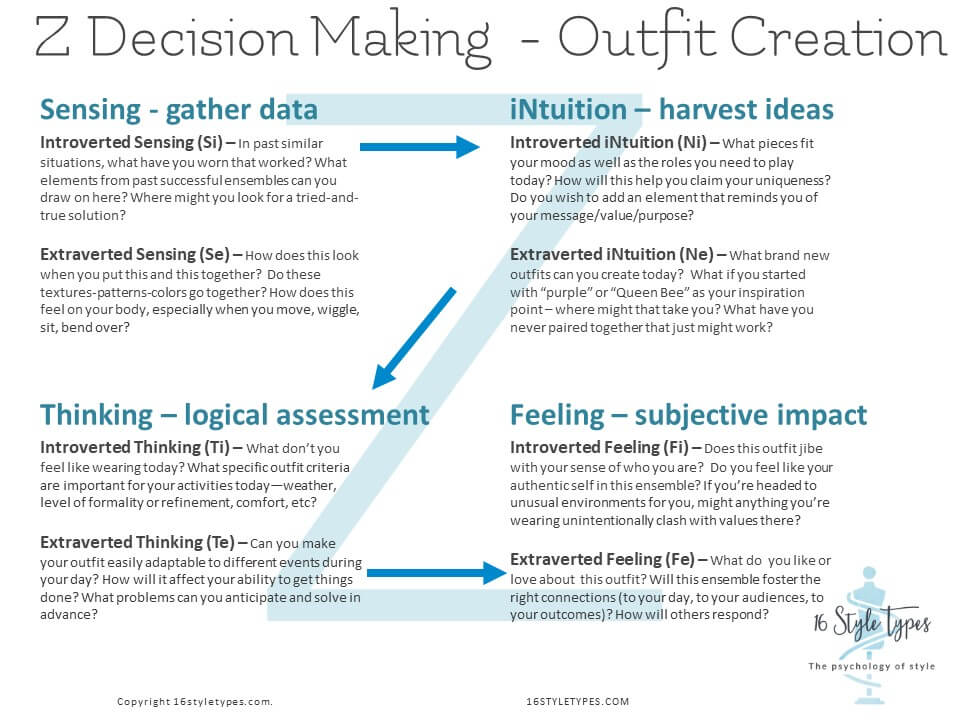
How To Use the Z Model for Outfit Creation
This is a similar process to using the Z Model for Shopping.
First and Always – Leading and Supporting Functions
We draw on your Leading and Supporting Functions – first and foremost these will be the places to go to first, and to refer to consistently. These are your “go to ” functions, your most developed and innate preferences, where things seem to happen naturally, no effort is required, and you probably even have some unconsciousness about what you’re actually doing in these spaces – that’s how natural those functions are to you.
Your Style Type Report is written with your preferred functions as the bedrock of every section and sentence. You can find your leading function here.
As you look at and refer to the Z Model for Outfit Creation above, circle/highlight your Leading and Supporting functions, and the questions for each. These will be your Go To questions for creating great outfits.
Balance with Non Preferred Functions
Sometimes you just know that you’re missing vital information which would help you create better outfits, you just aren’t sure where to source it from. Sometimes you just know that your outfit creation decision making could be more balanced or better informed if you had additional criterion on which to base it, you just aren’t sure what that criteria should be. It can drive you a little bit mad, knowing you need more, just not knowing what that more is.
Well you can stop the madness and the guessing. The Z Model for Outfit Creation will help you hone in on the additional, ‘more’ questions to ask yourself.
Use the Z Model above to identify the key additional questions to ask yourself from your non-preferred functions.
Don’t use them all (too much! can lead to overwhelm and confusion) — cherry pick the questions which are most relevant for you now, to balance your preferred function questions and give you that “extra” you need to always make great outfit choices.
Remember that your counter-balancing “other”/”extra” questions may change over time. What you need now may be different to what you need next year or further down the style line.
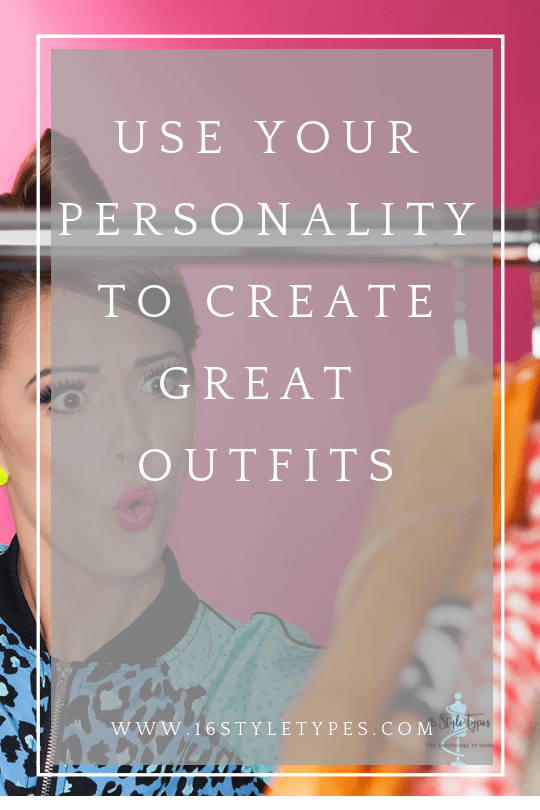
More on Successful Outfit Creation
Imogen and Jill discuss different processes for putting great outfits together
Imogen explains the 60-30-10 approach to creating great outfits
Jill explains the 10 principles to create a wonderful working wardrobe
Imogen advises that stylish wardrobes are built over time
Imogen shows us how to use the color wheel to create outfits
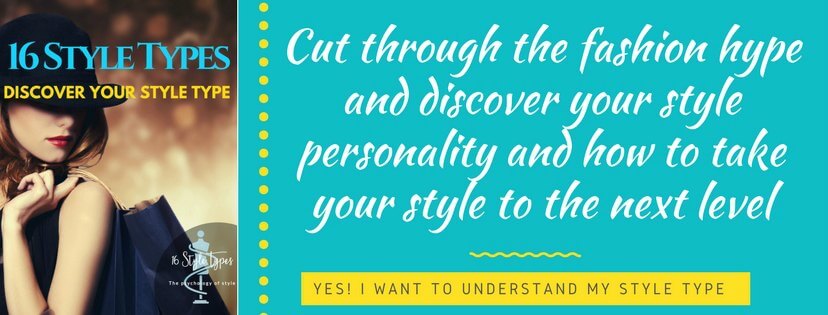
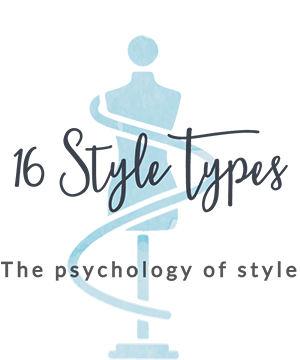

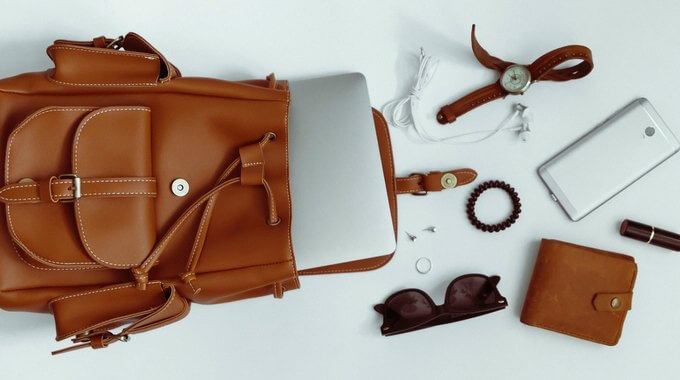
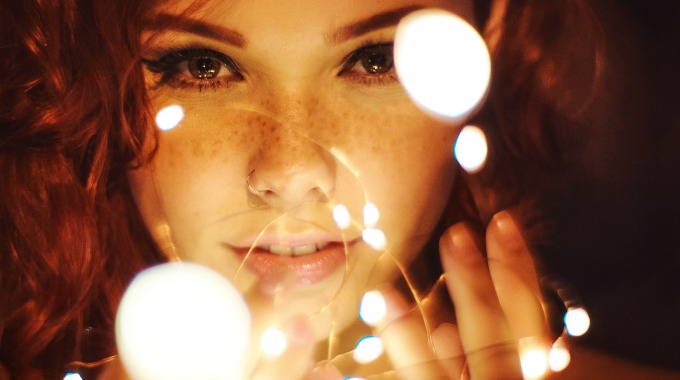

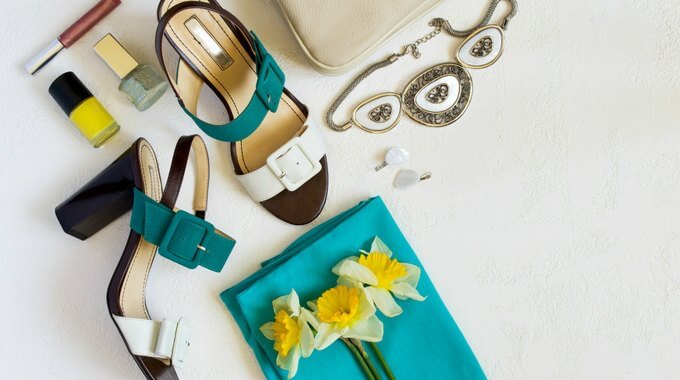
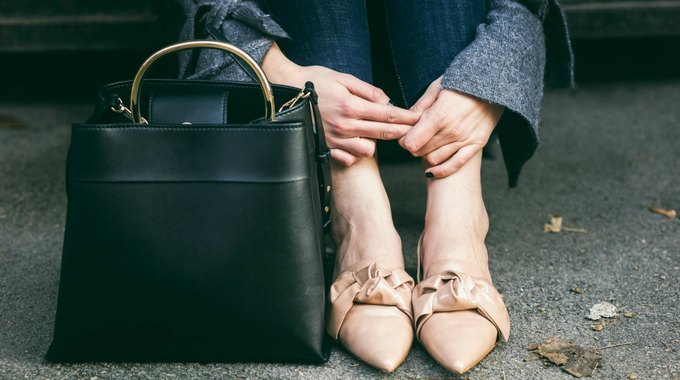

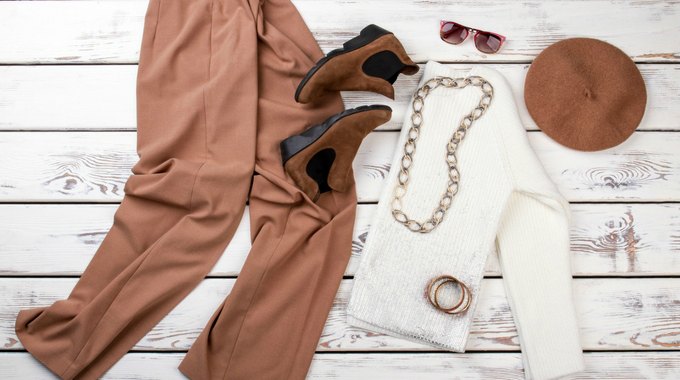
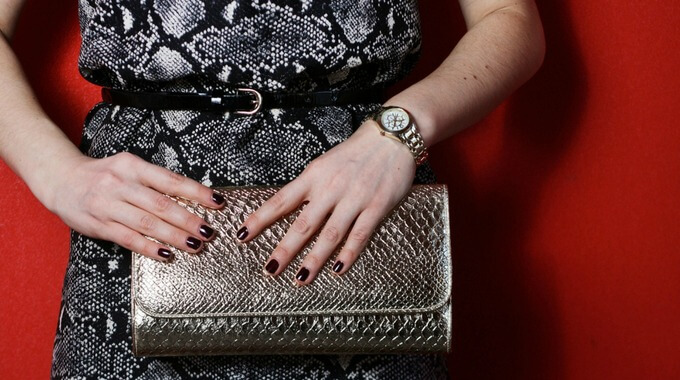
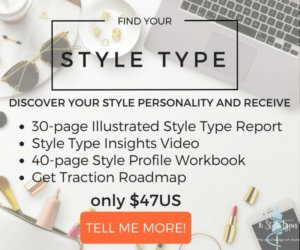
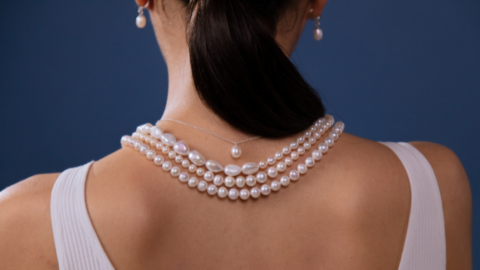

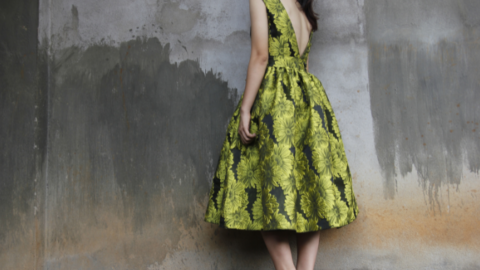
Please print this up as a wallet card or put it on a pdf! Great process reminder for me.